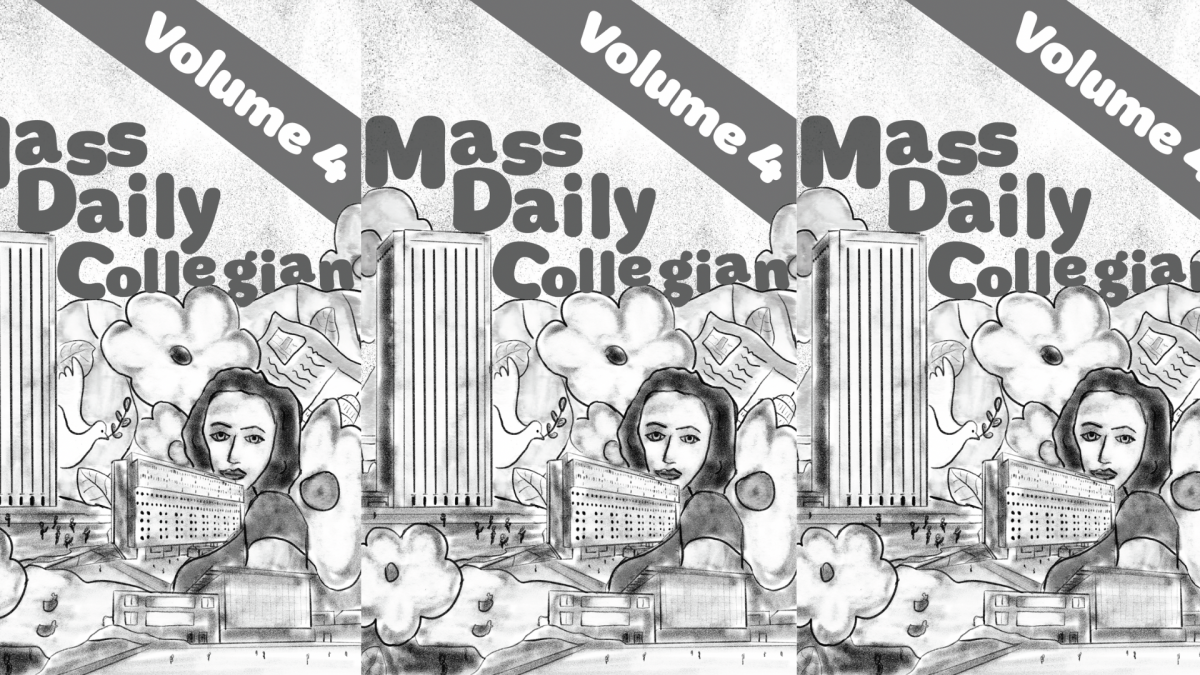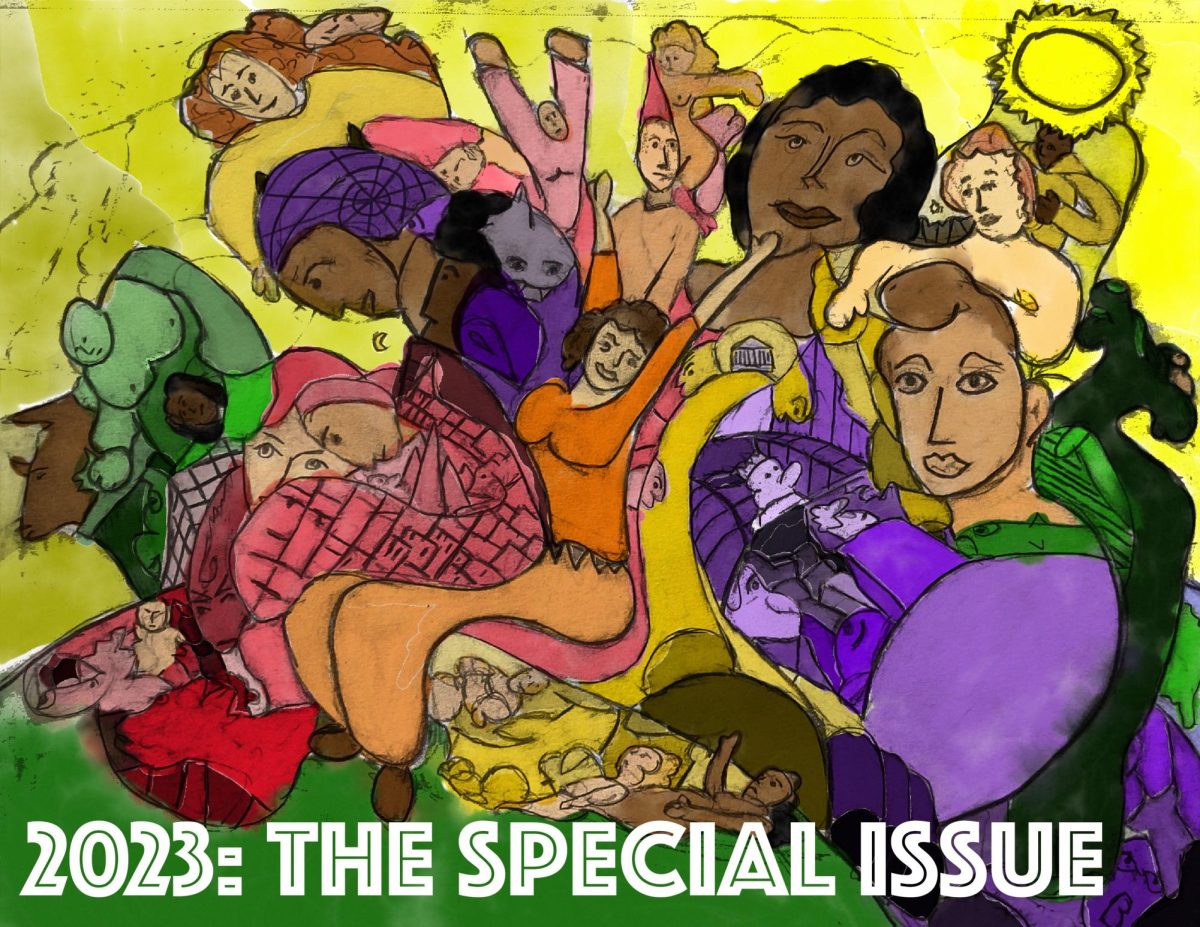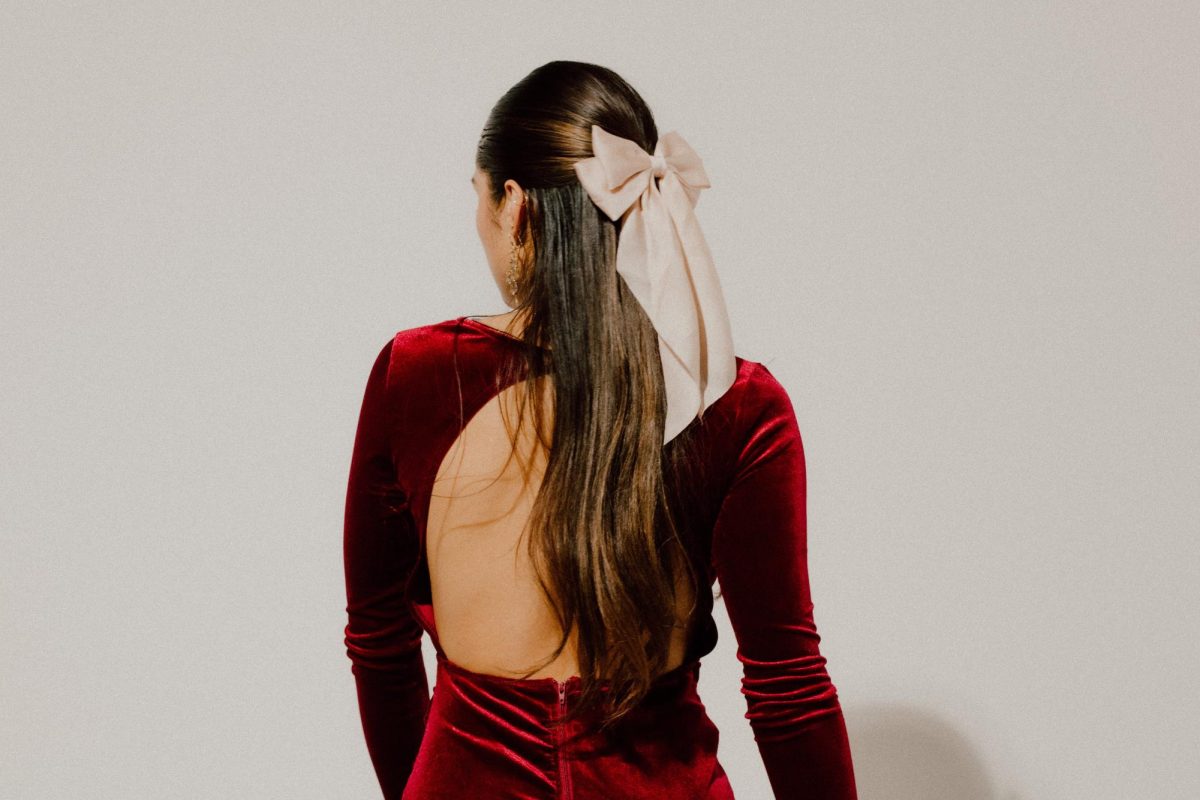From “The Perks of Being a Wallflower” to “Twilight,” the age-old debate remains: which was better – the movie or the book? As an avid reader in middle school, I often held a strong stance on this topic. I would constantly nitpick every single detail in the movies, believing that more could’ve been done to stay true to its source. Now though, I believe in the opposite. In adapting a book, the focus should be to expand on the source, not to remain untouched.
With the resurgence of reboots, remakes and adaptations, this discourse has slowly but surely come back into the mainstream. One relevant example would be the new adaptation of a beloved franchise, “The Hunger Games: The Ballad of Songbirds and Snakes.” Criticisms range from the casting to its set design abound. But reviews of the movie have ultimately been full of praise, calling the movie a natural extension. So, what aspects of adaptation guarantee success and what can make it fall short?
Oftentimes, the complaints range from the movie being “nothing like the book” or that “the magic of the book was lost.” Certain details are also brought into the mix. It could be issues in casting being inaccurate to a character’s description, a plot point integral to the story being tossed aside or completely removed and even just the most minute aspects: a character’s eye color, the set design of a room, etc. I have made these same complaints about certain adaptations, one example being the “Percy Jackson” franchise, which is now being rebooted in a redeeming light.
A book can’t be compared to a movie. While a book has the leeway of extravagant world-building to the author’s liking, a movie must fulfill that in two hours with limitations on the budget and other possible constraints. Most of the time, it’s impossible to translate a book verbatim into film. And often, an audience’s opinion must be taken into consideration. Because a two-hour movie tends to be more appealing to the public than a 500-page book, producers need to account for the fickle nature of moviegoers and how to gauge their interest.
Books have the upper hand on the reliance of a reader’s imagination for engagement. If you were to go around and ask people how they brought a book to life in their heads, you’d probably get a thousand different answers. Movies don’t have that privilege. Ultimately, movies can succeed better when they show but don’t tell, whereas books can easily expand on the emotionality and the inner workings of each character.
It should be noted though that this depends on the details film adapters decide to change. Adaptations can get tricky when directors decide that in appealing to the masses, they need to sanitize the work or remove any form of representation. Some studios believe that to guarantee a successful box office means erasing important character identities to draw viewers. Yet, when characters portrayed as BIPOC, plus-sized, disabled and/or LGBTQ+ in literature are cast as white, thin, non-disabled or depicted as straight, representation takes a step backward. Instead of drawing a large audience, controversy comes.
Sterilizing portrayals to suit the common Hollywood image does a disservice to the audience. In “Love, Simon” (an adaptation that’s pretty up to snuff of “Simon vs. the Homo Sapiens Agenda” by Becky Albertalli), Simon’s best friend Leah is described as plus-sized, and her narrative is handled in a beautiful way. But in the movie, she’s played by Katherine Langford, an actress who doesn’t share the same body type as described in the books.
This misrepresentation and many other instances is a setback due to the exclusionary nature of it. A majority of the time, a movie will attract more people than a novel will. By erasing characters that aren’t often depicted, writers and producers overlook the massive platform they have and instead reinforce stereotypes already pervasive in the movie industry.
Coming into a movie theatre, you may set your expectations for familiarity. But I believe full fidelity towards the source material does an adaptation injustice. Allowing the adaptor to diverge from its source encourages more themes to be explored. The movie can stand distinctly on its own by providing visual scenes full of emotional subtext that wouldn’t translate as well on a piece of paper.
What it all boils down to is that the job of a good adaptation shouldn’t be to copy-paste the entirety of its book; it should instead expand on its source. A good adaptation should satisfy its previous following while also introducing the story to a new audience in fresh and exciting way. Instead of replication, the transformation of the book’s spirit should be at the forefront, to the extent that any inconsistencies can be ignored. When you walk out of the theatre excited to explore the story more, whether it be by picking up the book or even just spreading the word, that’s when you know the adapters have done their job.
Tyvla Abidin can be reached at [email protected].



















